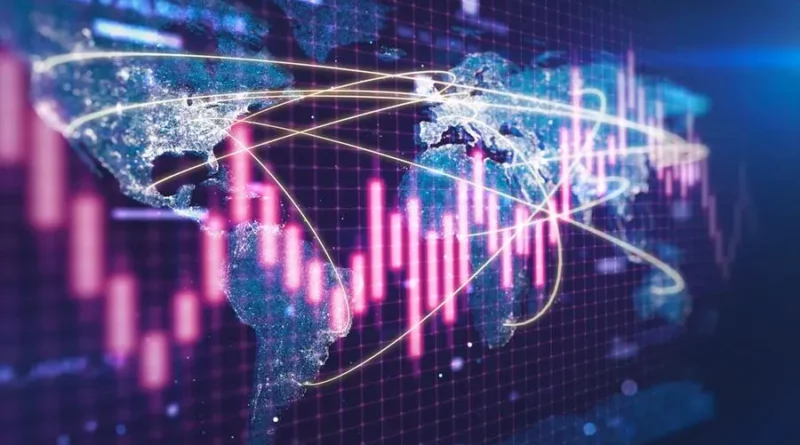Real time payments, opportunities and risks for banks
The evolution of real-time payments represents a significant turning point for banks and offers new opportunities and challenges in the financial sector.
In this scenario, Minsait Payments is exploring the convergence of payment methods globally, a synergy fueled by international regulation and emerging technologies such as cloud, APIs harmonized according to the ISO20022 standard and blockchain.
On the sidelines of the 2023 Payments Fair, Money.it interviewed Eleonora Cornacchia, Business Developer & Technical Director Italy in Minsait Payments, to find out how banks, by exploiting these tools, can preside over the payments market, offering innovative services in response to the growing customer needs.
1) What are the main developments and new opportunities that the convergence of payment methods at an international level and the model desired by the G20 could offer banks, particularly in Italy? The regulatory system is moving to promote international, instant, multicurrency, convenient, easy, secure, inclusive payments, independent of the location of the payer/beneficiary and to increase global interconnection.
Banks, particularly in Italy, will have new innovative services available which will soon be made available globally.
Let's talk about the new international Instant payment schemes (OCT inst, IXB Ebaclearing…) and the global extension of the ISO20022 standard.
2) What strategies do you recommend to successfully address the main challenges facing banks (creating business models to maximize the benefits of instant payment and increasing security in real-time international payments)? Banks can seize this moment to review their business model and orient their strategic investment choices that have long-term effects while structurally preparing for the next regulatory developments in the world of international payments.
Otherwise they will be forced to outsource the service to specialized institutes.
In this way they will be able to face the next challenges, the technology available today is an enabling factor that will allow them to activate new services by adapting them to different customer targets, including new generation ones, to respond to regulatory and safety requirements .
3) How can banks guarantee the integrity and complete transmission of information data structured according to ISO20022 rules to the beneficiary's bank? Banks will have to equip themselves with native ISO20022 multi-currency payment systems, designed to respond to market developments.
Furthermore, they will also have to gradually proceed to adapt the systems that communicate with the payment systems (network channels, devices, monitoring systems, sanction screening systems, etc.), these too will have to adapt to this new language and deal with the multiple structured data present in ISO20022.
This is a sort of re-literacy of the world of payments to the new standard which involves not only Swift, with the evolution to CBPR+, but also other payment circuits globally, which have begun this conversion process.
4) How can integration with specialized behavioral analysis systems supported by AI improve security in financial transactions? It is about being able to intervene not only through Strong Authentication controls but also by preventing "Social engineering" phenomena.
These systems equipped with AI and machine learning allow us to intercept anomalous behavior in the payment authorization phase, analyze structured data (ISO20022) of operations and introduce mechanisms that can reduce false positives.
In this direction, it may be advantageous to encourage the use of the LEI Code (already present in the ISO format) as a standardized identifier code recognized at an international level to facilitate the checks of the Lists (black list or white list).
5) What factors do you think contributed to the slowdown in the adoption of new payment methods in Italy after the health emergency? And how does Minsait Payments intend to address the still strong preferences for the use of cash in Italy? In fact, the rate of adoption of new means of payment has slowed in Italy, according to our Payment Means Trends Report.
Once the health emergency was over, although electronic means of payment were still preferred by half of the population in 2022, cash has gained ground, becoming the preferred means of around one in three Italians for physical purchases.
At Minsait Payments, the payment solutions subsidiary of Minsait, we are committed to a cross-processing model aimed at technology companies, whether they are fintechs, banks, retailers or large technology companies.
We have more than 25 years of experience and a team of more than 1,000 payment professionals committed to developing faster, more convenient, transparent, secure and inclusive payments systems.
6) Regarding Buy Now Pay Later, what are the main reasons behind its adoption by Italians? How is Minsait Payments adapting its services to support these new payment methods? According to our report, new payment methods such as Buy Now Pay Later were used by 13.3% of Italians, compared to a European average of 12.9%, above all for ease and convenience of use for deferring and paying in installments the payments.
Despite the rapid evolution of the alternative payment and financing option, the Buy Now Pay Later model is still in its infancy.
Differentiation is still limited among companies providing these services.
Many seek to differentiate themselves by entering new sectors such as travel, insurance, healthcare or B2B commerce.
Some are going further and starting to explore the compatibility of blockchain technology and cryptocurrencies with the BNPL system.
In this context, the banking sector must act quickly to avoid the risk of specific BNPL service providers taking over an asset, financing, which has so far been in their hands.

